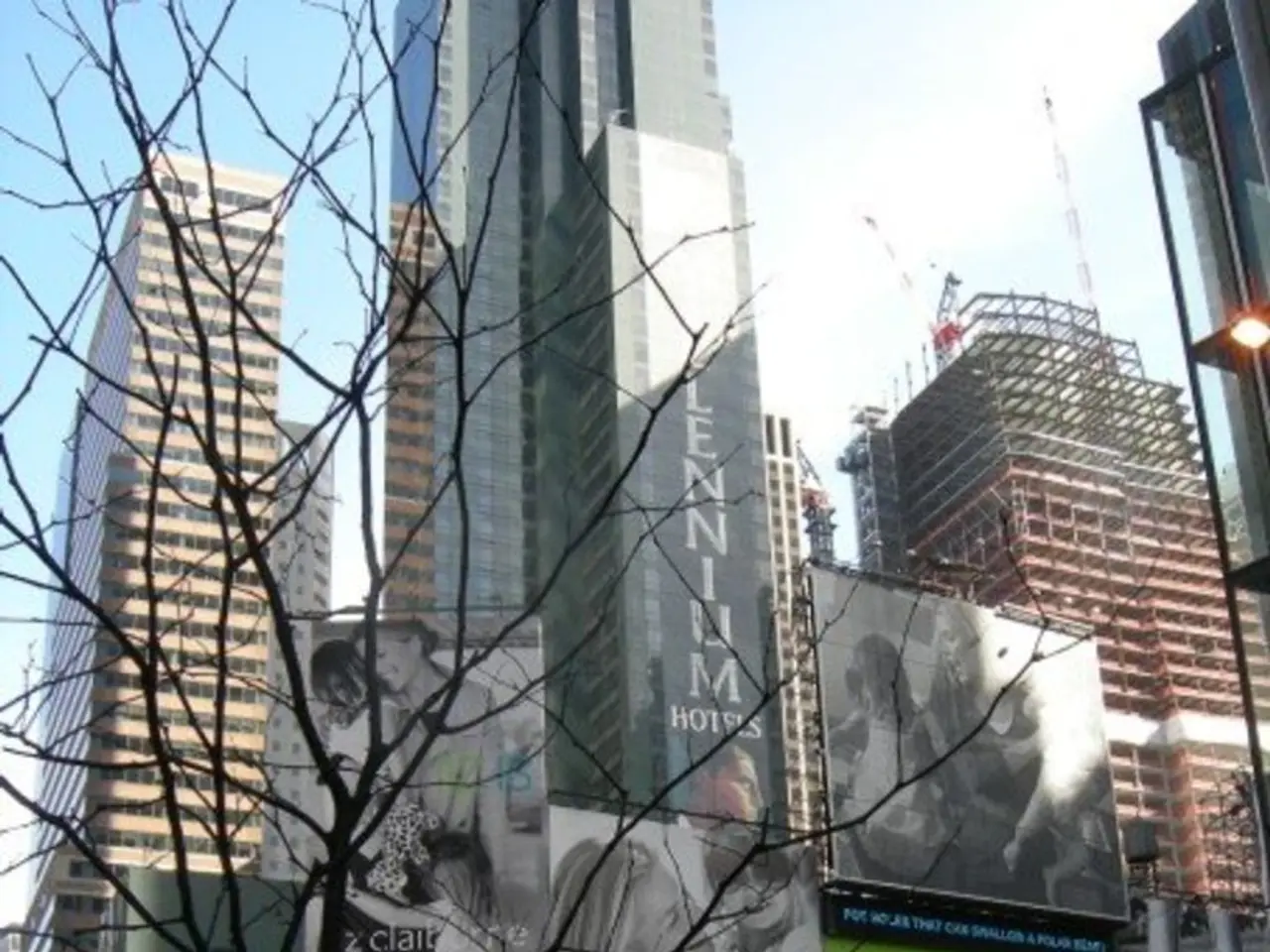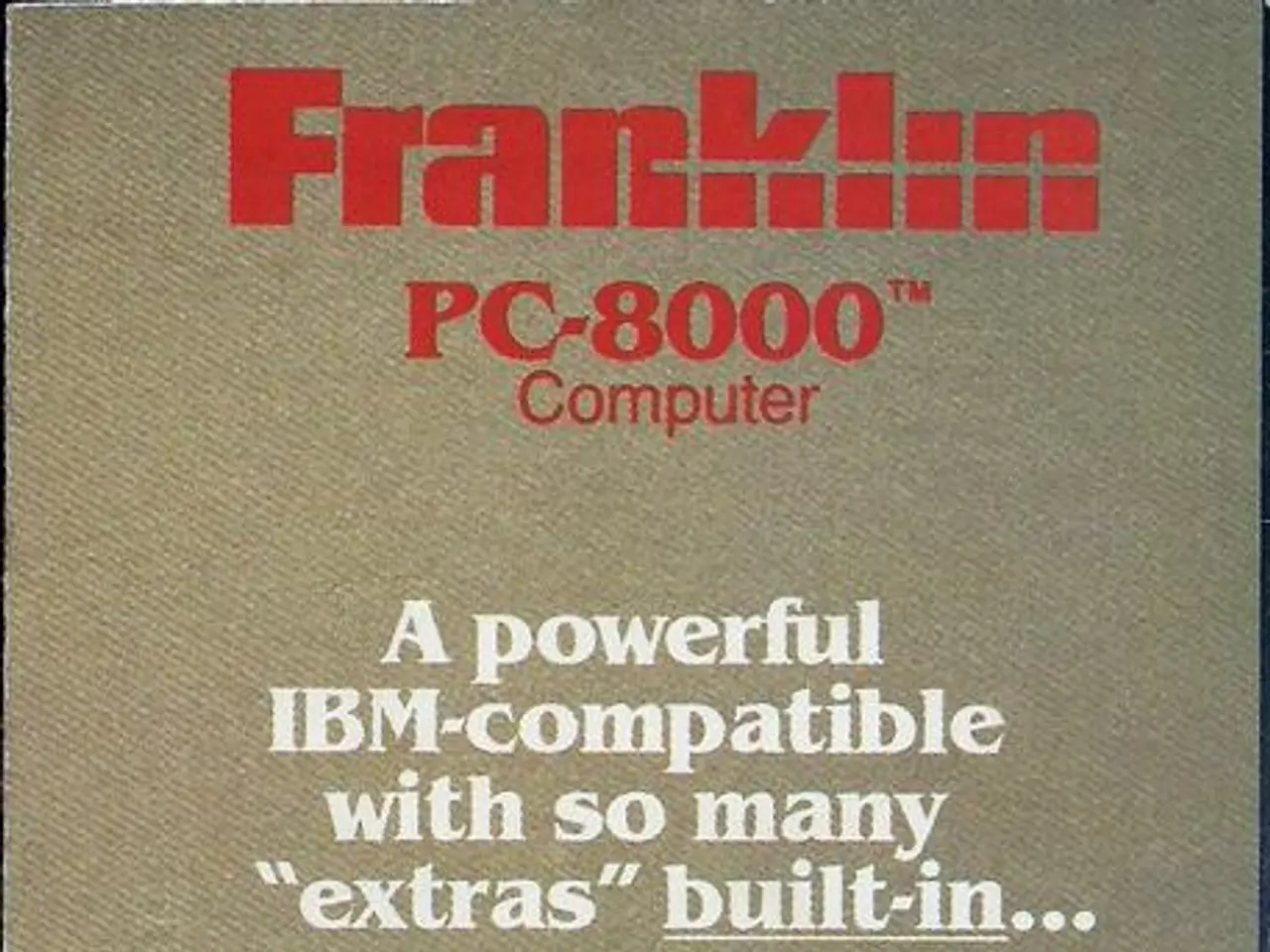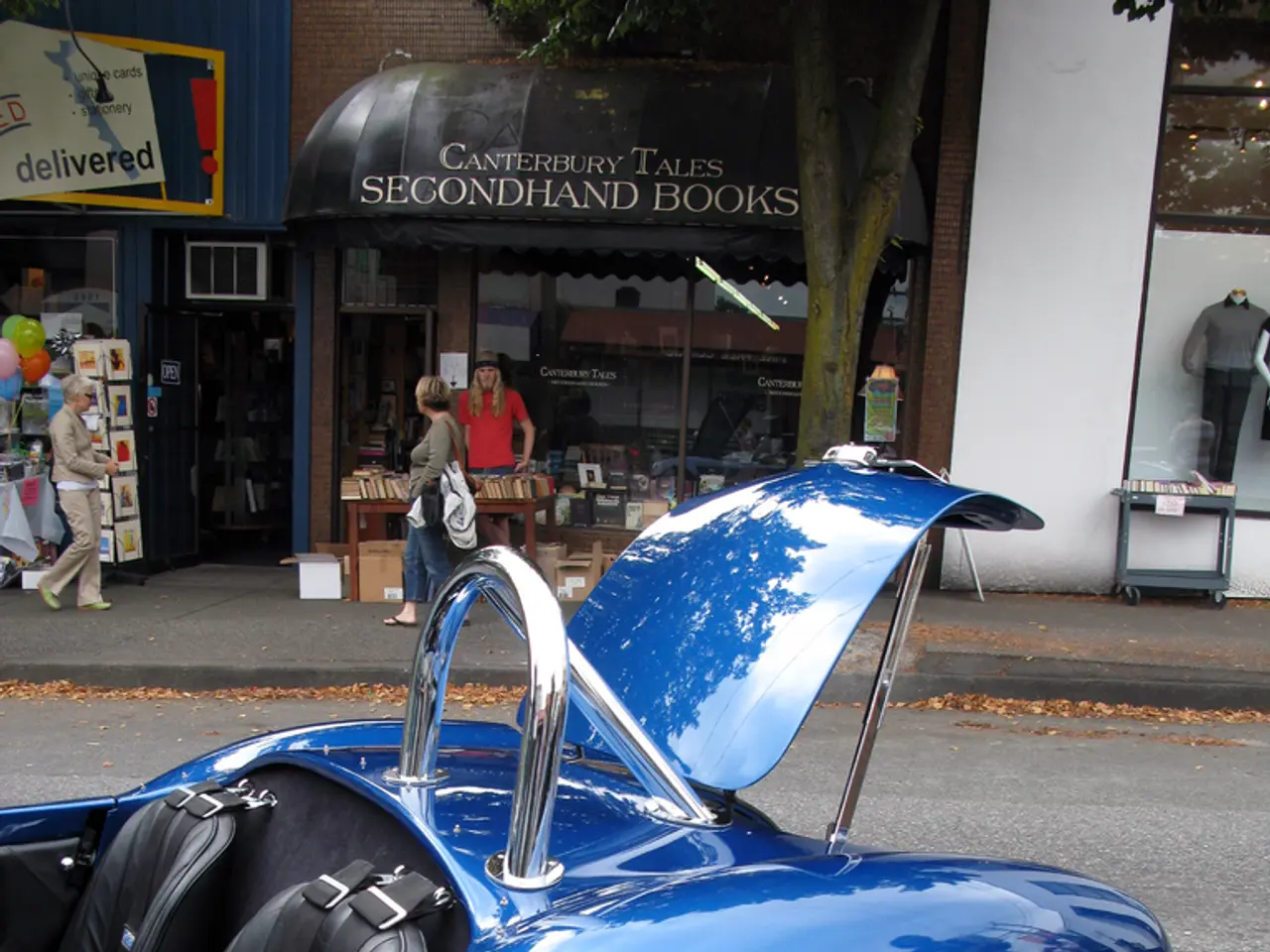In Riyadh, the Financial District has set a new world record for the longest pedestrian skyway, spanning a distance of 15.46 kilometers.
In the heart of Riyadh, the King Abdullah Financial District (KAFD) has made a significant mark on the urban landscape, not just as a leading financial and business hub, but also as a testament to innovative and sustainable city design. The district has recently been awarded a Guinness World Record for the world's largest continuous pedestrian skyway network, setting a new benchmark for walkable urban design in an era focused on sustainability.
This expansive network spans an impressive 15.46 kilometres, linking 95 buildings through 42 interconnected climate-controlled skywalks, creating a continuous elevated pedestrian route across the district. The skywalks are not only a marvel of modern architecture, but they also offer a practical solution to the challenges of navigating urban spaces.
The skywalks are designed to make it easier for workers, visitors, and residents to move between offices, homes, shops, restaurants, and entertainment venues, all while avoiding traffic congestion and harsh weather conditions. They are elevated above ground and connected to Riyadh's metro network, facilitating seamless transit integration.
The skywalks network is a reflection of a mobility strategy aimed at connecting assets, enhancing walkability, and supporting the goal of delivering a smart city experience. The network was built using an impressive 30,000 square metres of glass and more than 3,000 tonnes of steel, a major engineering accomplishment that required more than 5 million safe work hours from 1,200 personnel.
Mbali Nkosi, official adjudicator for Guinness World Records, declared that the record previously set in Minneapolis in 2016 has been redefined by KAFD, setting a new benchmark for walkable urban design. Faddy AlAql, chief asset delivery officer at KAFD Development and Management Co., stated that the Guinness World Record affirmation positions KAFD as a platform for urban development.
The benefits of this extensive skyway network are manifold. It significantly improves pedestrian experience, urban connectivity, and sustainability in Riyadh’s premier financial district. The network enhances mobility, offering easy movement for workers, residents, and visitors without concerns about traffic congestion or parking. It also offers weather protection, providing pedestrians with a shaded, climate-controlled environment to shield them from harsh weather conditions such as heat or dust storms.
Moreover, the network reflects a strategic urban mobility approach that enhances walkability, supports sustainability, and advances KAFD’s goal to deliver a smart city experience. This approach has a positive impact on urban development and sustainability, positioning KAFD as a leading example of a smart city.
The economic and social impact of the skywalk network is also significant. KAFD hosts more than 90 international and local companies and 19 regional headquarters, such as Goldman Sachs, Bain & Company, and PepsiCo. The network's convenience and sustainability features have undoubtedly contributed to KAFD's status as a leading financial and business hub.
In summary, the massive skyway network not only sets a global record but also significantly improves pedestrian experience, urban connectivity, and sustainability in Riyadh’s premier financial district. This innovative design is a testament to Saudi Arabia's commitment to urban development and sustainability, setting a new standard for walkable urban design and sustainable innovation.
- The King Abdullah Financial District (KAFD) in Saudi Arabia, renowned for its leading financial and business hub status, has also made a mark in the world news for its innovative and sustainable city design, earning a Guinness World Record.
- The district's expansive pedestrian skyway network, spanning 15.46 kilometres and linked to 95 buildings through 42 interconnected climate-controlled skywalks, has redefined walkable urban design, setting a new benchmark in a sustainability-focused era.
- This network offers practical solutions to urban navigation challenges, providing pedestrians easy movement between offices, homes, shops, restaurants, and entertainment venues, all while avoiding traffic congestion and harsh weather conditions.
- The construction of this network, a major engineering accomplishment, required more than 5 million safe work hours from 1,200 personnel and 30,000 square metres of glass and over 3,000 tonnes of steel.
- The economic and social impact of the skyway network is significant, as KAFD, hosting over 90 international and local companies and 19 regional headquarters, has undoubtedly boosted its status as a leading financial and business hub due to its convenience and sustainability features.




